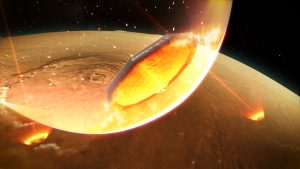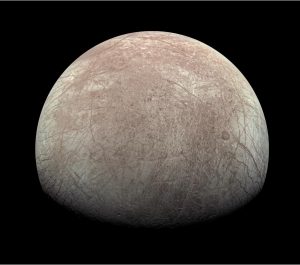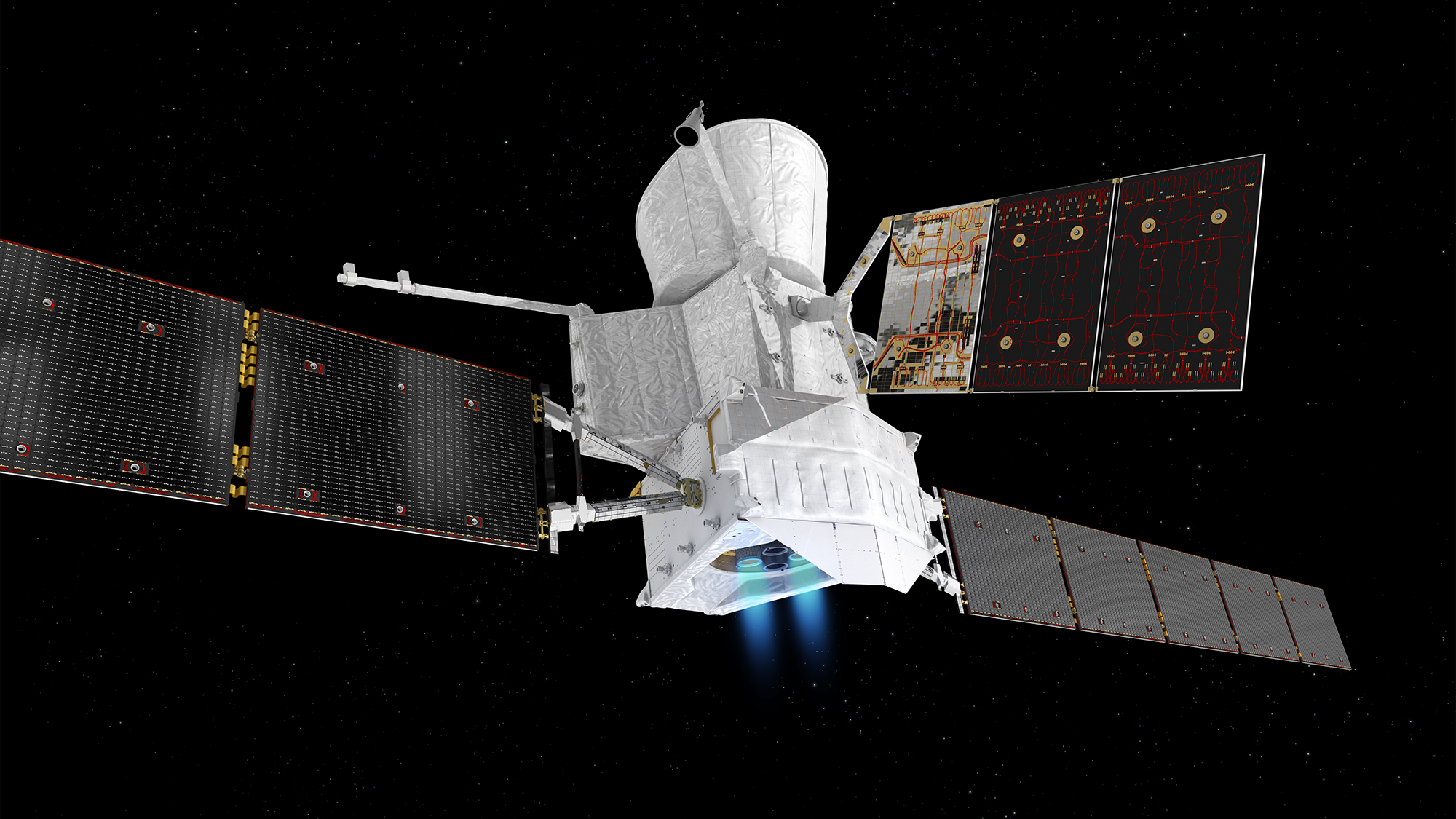
BepiColombo is set for science, as the spacecraft performs a Venus swing-by
On October 15, the ESA・JAXA BepiColombo spacecraft will swing-by Venus, using the gravity of our neighbouring planet to adjust its orbit en route to Mercury. This close approach presents a unique opportunity to examine the thick Venusian atmosphere and its space environment through three different JAXA missions simultaneously, providing an unprecedented view of a terrestrial planet that evolved very differently from the Earth.
BepiColombo launched from the Guiana Space Centre in Kourou on October 18, 2018 (local Kourou time). The destination of the spacecraft is Mercury, but the journey is difficult due to the need to rendezvous with the planet at a sufficiently slow speed to enter into orbit. Deep within the Sun’s gravitational well, a direct route to our Solar System’s innermost planet would result in the spacecraft overshooting its destination and being burned to a crisp.

To avoid this disappointing fate, BepiColombo is performing nine planetary swing-bys, where a close approach to a planet results in a gravitational pull on the spacecraft that adjusts its direction and speed. The first of these swing-bys was on April 10 this year, when BepiColombo passed close to the Earth to decelerate by approximately 5 km/s. We are now approaching the second swing-by, which will take BepiColombo close to Venus. This manoeuvre will shift BepiColombo deeper into the inner Solar System, placing the spacecraft on a new orbit that will come within about 0.5 au (astronomical units) of the Sun; half of the distance of that between the Earth’s orbit and the Sun.
Planetary swing-bys result in a circuitous journey, as the spacecraft must wait for the correct alignment with each planet. In total, BepiColombo will take seven years to reach its destination. This might have been a frustrating wait for the mission scientists, but the close approach to the planet during swing-by provides unique opportunities for science.
BepiColombo is a composite spacecraft that consists of two probes that will orbit Mercury, and the transfer module that provides propulsion during the journey. ESA and JAXA are each responsible for one of the orbiters, which have complementary goals. The ESA Mercury Planetary Orbiter (MPO) is focussed on exploring Mercury’s surface and interior structure, while the JAXA orbiter —nicknamed MIO— will investigate Mercury’s magnetosphere; the region around the planet influenced by Mercury’s magnetic field.
During the Earth swing-by, both MPO and MIO turned on their instruments to study our home planet. MIO is tucked inside a protective sunshield during the journey to Mercury, which limits the probe’s field of view. However, MIO detected particles in the solar wind that streams from the Sun entering the Earth’s own magnetosphere.
The approach to Venus offers a particularly interesting opportunity. Orbiting around our neighbouring world is the JAXA Venus Climate Orbiter, Akatsuki. Akatsuki is taking a global look at the Venusian atmosphere, which is vastly different from that on Earth. While both planets are similar in size and mass, Venus has a thick atmosphere of carbon dioxide with clouds formed of sulphuric acid. The arrival of BepiColombo will allow instruments on both spacecraft to take simultaneous observations of our Solar System’s second Earth-sized planet.
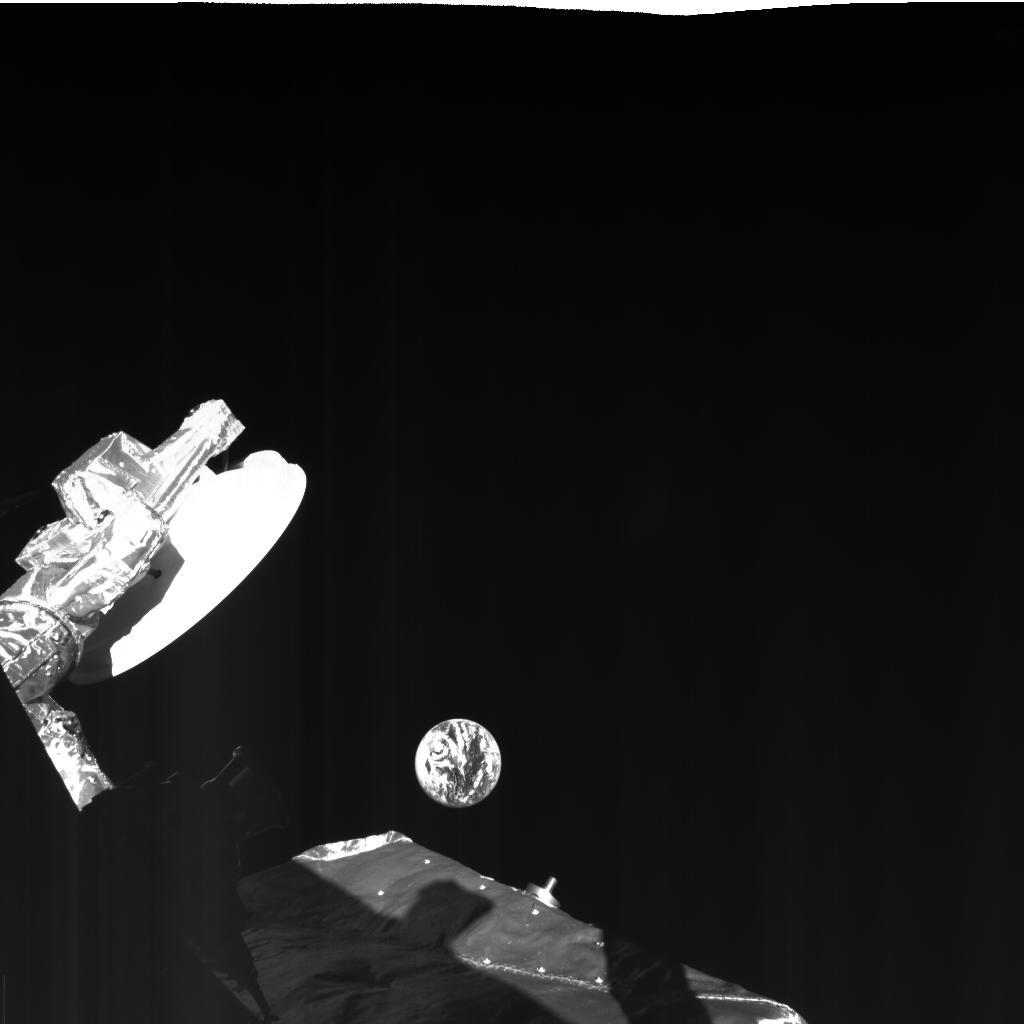
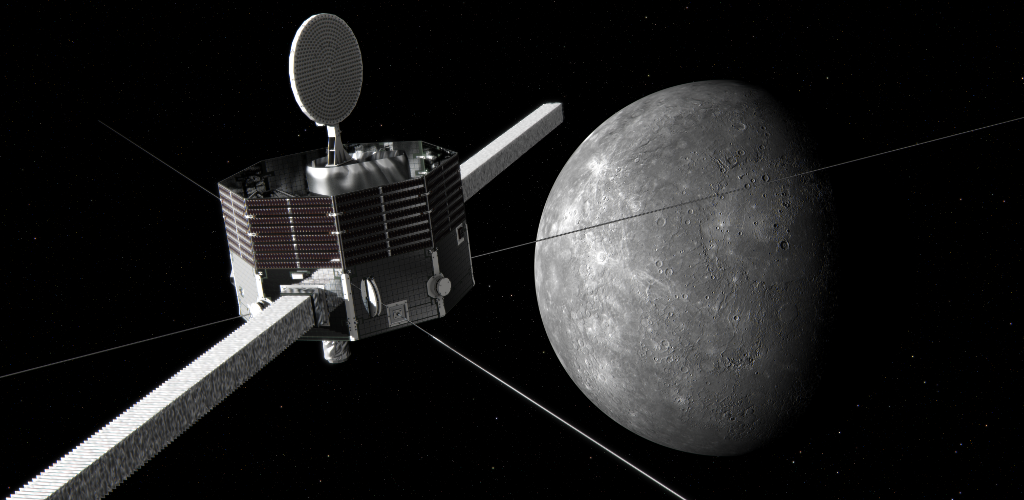
Akatsuki is equipped with instruments that detect infrared (IR) and ultraviolet (UV) radiation being emitted, absorbed or reflected within the Venusian atmosphere. MPO is also equipped with instruments to detect IR and UV, but at different wavelengths to Akatsuki, providing complementary data that Akatsuki cannot achieve alone.
The Long-wave InfraRed (LIR) camera on Akatsuki can detect radiation at a wavelength of 10 microns. This corresponds to the thermal emission from the cloud tops of Venus, giving Akatsuki a global view of their distribution. Onboard MPO, the MErcury Radiometer and Thermal Imaging Spectrometer (MERTIS) can take observations between wavelengths of 7 – 14 microns, providing a spectrum that ranges either side of the LIR observations. While the view from orbit allows Akatsuki to identify large-scale structures across the planet, the BepiColombo swing-by will provide a detailed view of a small region. The acquisition of a spectrum from MERTIS will provide information on the altitude, temperature and composition of the observed cloud top.
Intriguingly, phosphine was recently observed in the clouds of Venus, triggering debate about the molecules production due to its potential as a biosignature. Phosphine also absorbs radiation in the wavelength range of MERTIS, allowing for a possible additional detection.
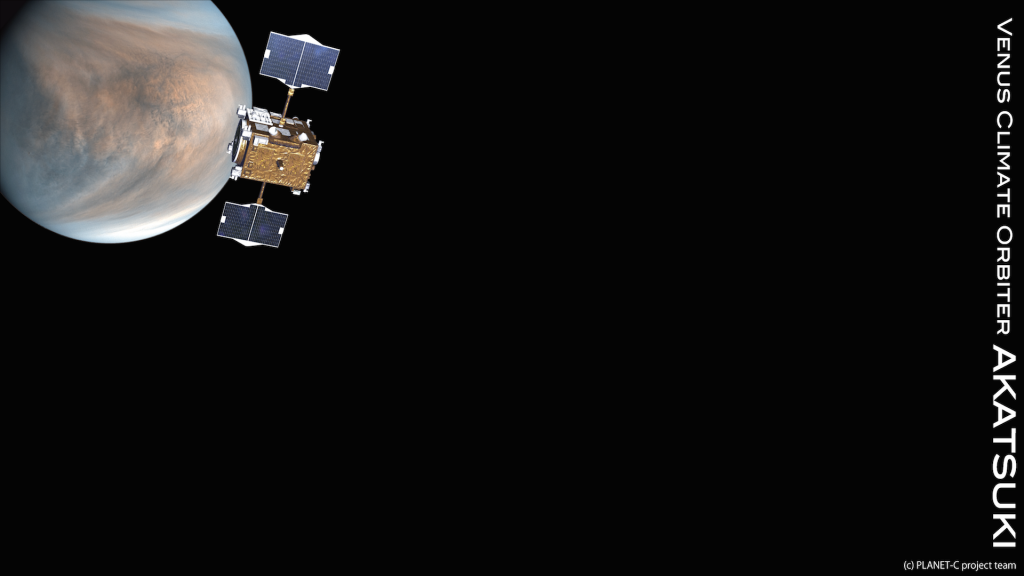
MPO is also equipped with an instrument to detect ultraviolet radiation known as PHEBUS (Probing of Hermean Exosphere By Ultraviolet Spectroscopy). Ultraviolet is absorbed by sulphur dioxide in the Venusian clouds and also by other unidentified molecules within the planet’s atmosphere. Akatsuki captures the large-scale distribution of UV absorption from the planet via the spacecraft’s UltraViolet Imager (UVI) at wavelengths of 283 nm and 365 nm. Like MERTIS, PHEBUS can capture a spectrum of wavelengths between 55 – 330 nm, providing a detailed look at a local region.
The shortest wavelengths in the range of PHEBUS correspond to extreme ultraviolet radiation. These wavelengths are emitted by oxygen atoms at higher altitudes in the ionosphere of Venus. While Akatsuki cannot observe ultraviolet at these wavelengths, the JAXA HISAKI space telescope can. HISAKI is an extreme ultraviolet spectroscope that performs remote observations of the planets from an orbit around Earth. HISAKI can collect disc-averaged spectra (values averaged over the visible planet) between 55 – 145 nm for an extended period of time, making the telescope capable of monitoring long-term variations of the upper atmosphere. The comparison with the local spectrum from PHEBUS will help investigate how fluctuations in the cloud layer affect the upper atmosphere, providing a more complete and three dimensional picture of the complex Venusian atmosphere.
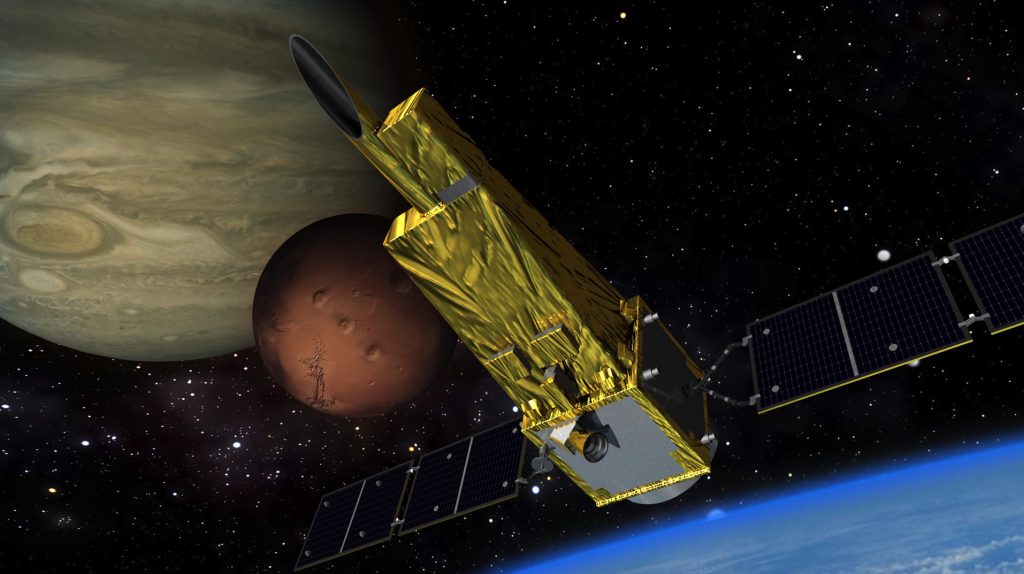
Venus does not have its own magnetic field, which means the swing-by is not an obvious candidate for science with MIO. However, this lack of a magnetic field causes the solar wind to strip away particles in the Venusian ionosphere in the form of charged plasma. This plasma is detectable by MIO, and a measurement of this process will add to the data from HISAKI on the dynamic structure of the upper atmosphere of Venus.
BepiColombo will reach its closest approach to Venus at around 12:58 JST on October 15. At this time, the altitude will be about 10,718 km. Currently, the orbit of the spacecraft is on track for the swing-by, and no additional orbital correction manoeuvres are anticipated.
After the Venus swing-by, BepiColombo will pass the planet for a second time next summer. This will be followed by six consecutive Mercury swing-bys before orbiting Mercury can finally begin in 2025. While the journey is long, each of these swing-bys provide incredible opportunities for science along the trip.
Further information:
MIO orbiter website (JAXA)
BepiColombo Venus swing-by (ESA)
Akatsuki Venus Climate Orbiter website (JAXA)
HISAKI Spectroscopic Planet Observatory website (JAXA)
Designing a spacecraft to withstand the furnace at Mercury (JAXA)
Q&A before the launch of BepiColombo (JAXA)
Ready for swing-by! BepiColombo will pass close to the Earth on April 10 (JAXA)
 Previous Post
Previous Post Next Post
Next Post